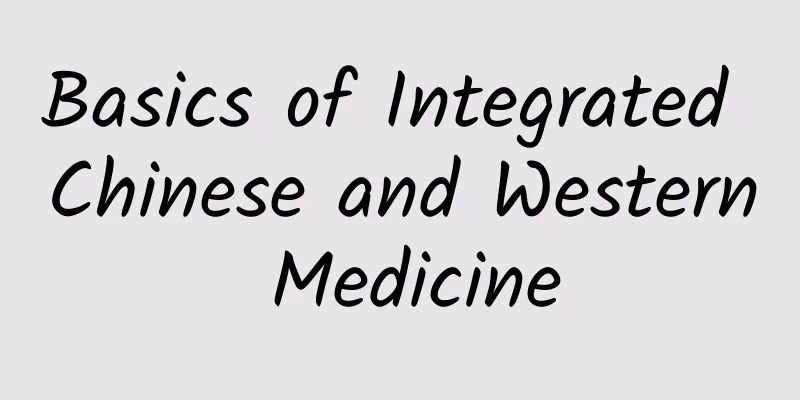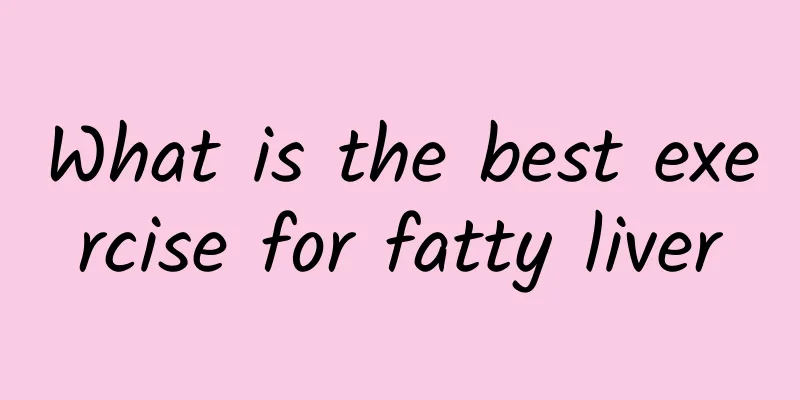Basics of Integrated Chinese and Western Medicine

|
The course "Basics of Traditional Chinese and Western Medicine" has developed course research characteristics in the basic research on the prevention of cardiovascular and cerebrovascular diseases and anti-organ fibrosis technology of traditional Chinese and Western medicine, the modern theoretical basic research on the microbial effects of prescriptions, the modern molecular biology basic research on traditional Chinese pulse diagnosis, and the research on the principles of acupuncture analgesia. The research on syndrome differentiation and treatment of the causes of brain diseases, the traditional Chinese medicine treatment of cardiocerebral injury and organ fibrosis, the modern molecular biology basics of pulse diagnosis and tongue imaging, the principle of acupuncture analgesia, and the modern scientific research on the theory of prescription-syndrome correlation have reached the cellular and genetic levels and have achieved remarkable results. Professional Training Program for Basic Techniques of Traditional Chinese and Western Medicine 1. Graduate students should have a firm and appropriate political orientation, love the country and the Party, abide by rules and regulations, have a serious and meticulous scientific spirit, and excellent qualities. 2. Graduate students majoring in basic techniques of traditional Chinese and Western medicine should master the basic knowledge and systematic specialized knowledge of all aspects of traditional Chinese and Western medicine, grasp the development trend of basic knowledge of traditional Chinese and Western medicine, and grasp the dynamic development trend of this research content in various countries around the world. 3. Master a foreign language proficiently. Be able to skillfully read foreign references in this technical profession and have strong foreign language writing skills. 4. Master the modern experimental skills of the discipline, be able to independently engage in scientific and technological research, have the ability to apply new technologies, new methods, and develop new products, and after graduation can be responsible for teaching, research, and technical management in universities, research institutes, companies, and other enterprises. Professional Standards for Basic Techniques of Traditional Chinese and Western Medicine 1. Graduate students majoring in basic techniques of traditional Chinese and Western medicine should enhance their professional learning of political theory knowledge and actively participate in public welfare activities organized by the class, the teaching and research group and the school. 2. Graduate students in the Basic Technology of Traditional Chinese and Western Medicine major are required to earn credits, and the total credits must not be less than 30 credits (including classroom teaching practice), among which required courses must be completed. In addition to foreign language courses, 20 class hours (40 hours for experimental classes) are generally required as one credit, and classroom teaching practice activities are required as two credits. 3. The course content is divided into two categories: compulsory courses and professional courses. If you fail the examination for two or more courses (including two courses), or fail one course after the supplementary examination, you cannot apply for a bachelor's degree. Types of academic qualifications for basic techniques of traditional Chinese and western medicine 1. The training of basic postgraduates in Chinese and Western medicine is centered on scientific research and practice, while also focusing on course learning and training. It is required to master the necessary basic knowledge and professional skills, and be proficient in the practical activities of scientific research. Through concentrated learning and discipline construction training, master experimental professional skills, be proficient in the use of modern testing technology, have the ability to independently carry out discipline construction, and have the qualities of subsequent sustainable development. 2. The course content should implement the principles of specialization and teaching according to individual needs, focusing on both the most important basic knowledge of the subject and the shaping of work abilities and the training of practical skills tests. The training of postgraduate students focuses on self-study. The teaching method should mainly be discussion or arrangement of self-study, with regular guidance. The role of teachers is to inspire students to think deeply and make correct judgments. After the postgraduate course is completed, an assessment should be conducted to determine the examination results. Generally, compulsory courses should be subject to examinations. If they are monographs or other courses that are not suitable for examinations, appropriate assessments should be conducted, similar to the assessment mechanism of writing detailed descriptions, and the examination results should be centrally evaluated in the form of reports. 3. Graduate students majoring in basic techniques of traditional Chinese and Western medicine must have certain creativity in research content and research methods, and must publish at least one thesis in an international academic journal or at an international academic conference, or their development projects must pass the technical inspection and appraisal of provincial and ministerial levels or above, or apply for patent inventions. They can then submit their applications to the university's bachelor's degree appraisal committee for approval and grant of a graduate degree. 4. In the third year of postgraduate study, mid-term and late-term evaluations should be carried out to comprehensively investigate their ideology and morality, professional studies, thesis proposal reports, and health status. If a student fails the assessment, his/her studies should be stopped and the issue should be resolved in accordance with the relevant requirements of the institution. Those who pass the assessment will continue to receive scientific and professional skills training to meet the training requirements. |
<<: Dosage of processed Chuanwu
>>: Cantonese method of making soup with raw and cooked rehmannia root
Recommend
Vaginal pain after pregnancy
Most women will pay special attention to their ph...
Effects of fennel
Fennel is a common vegetable in our lives. Its un...
How to deal with onychomycosis on the little toe?
Having onychomycosis is a very painful thing, beca...
How to prevent premature ovarian failure
The ovaries are very important for women. If the ...
What is the best food for arteriosclerosis?
Arteriosclerosis has a great impact on the patien...
How to regulate irregular menstruation for a 15-year-old girl
For a 15-year-old girl, if she has irregular mens...
What are the benefits of moxibustion on the soles of the feet?
When it comes to moxibustion, I believe many frie...
What is the best formula for dehumidifying tea? These three formulas are effective
Nowadays, more and more people use dehumidifying ...
What causes nosebleeds in hot weather?
Nosebleeds happen frequently, especially among ch...
Treatment of acute pharyngitis, Chinese medicine dialectical treatment
Acute pharyngitis is an acute throat inflammation...
What causes pleural effusion and ascites? Why does ascites occur?
There is a certain amount of water in the chest a...
Causes of right abdominal pain after drinking
Excessive drinking can cause great harm to people...
What are the effects and functions of sheep horns?
Sheep horn refers to the horn of a sheep. Sheep h...
Recommended ways to consume Tongkat Ali
In Malaysia, there is a highly respected health p...
What are the commonly mentioned effects and functions of Platycladus orientalis leaves?
Platycladus orientalis leaves are a common Chines...









